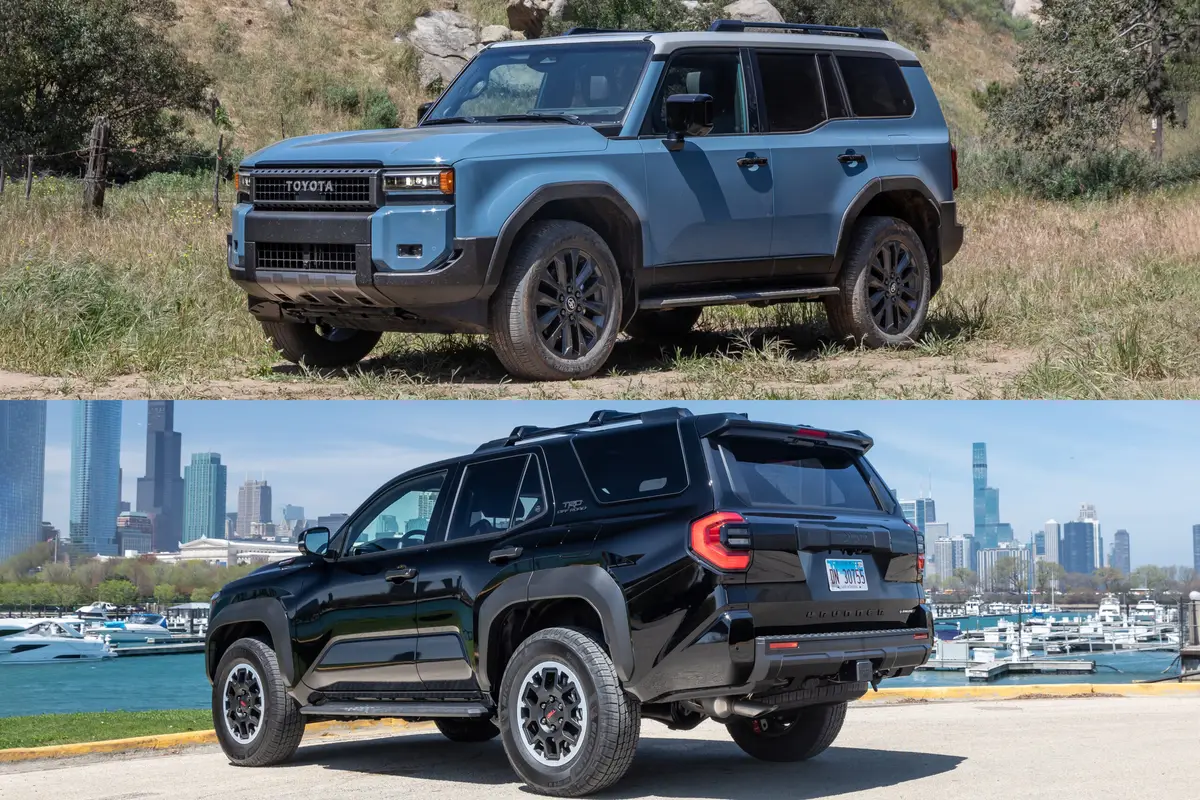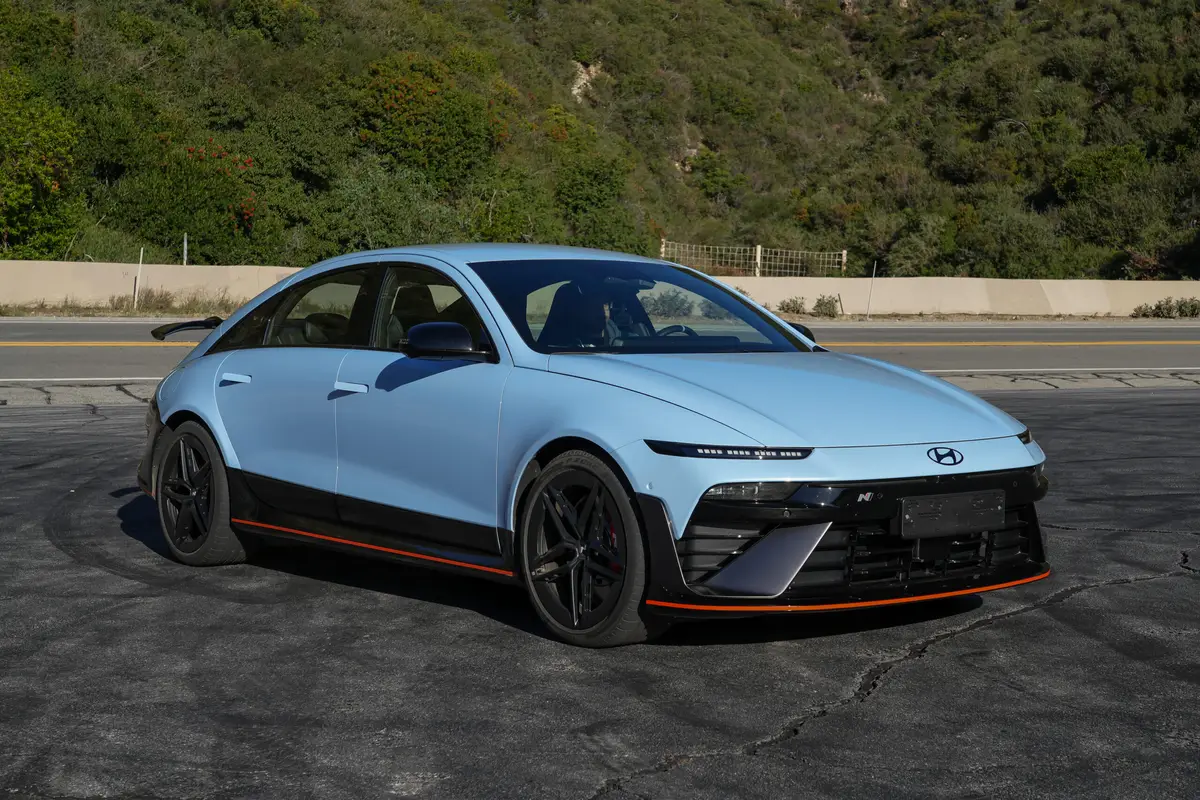Cummins' Indiana Plant Gets Ready to Build the ISV5.0
Ten blocks down the street from Cummins' worldwide headquarters in Columbus, Ind., is the company's first engine plant, the Columbus Engine Plant, otherwise known as CEP. Originally built around a mid-1800s house owned by Clessie Cummins and his backer, W.G. Irwin, the house was removed early this century when the termites won the war. CEP has been expanded many times, especially during World War II, and now half of the 64-acre facility is under a roof.
One of 29 Cummins plants around the world, the last engine built at CEP was the N14 line. At one time the N14 accounted for more than half the heavy-duty road-going engines sold in America, and it developed an enviable reputation for being bulletproof. Cummins no doubt hopes the new ISV5.0 proves just as robust. The plant still does machining on ISX blocks and heads but has been under-utilized since that engine assembly was moved to Jamestown, N.Y., in 2001. Remember, the ISV has been in the works for nearly 13 years.
Our recent visit to the plant was fairly quiet since ISV production isn't scheduled to begin until the fourth quarter of 2014. Besides machining and assembly, the plant houses space for engineering, parts, purchasing and emissions personnel along with a technical center. Up-fitting the plant for the ISV has been going on for roughly 2.5 years.
Raw parts come from the Tupy foundry in Brazil, the same company that makes VM 3.0-liter parts; at one time Cummins did its own foundry work but it is not likely to re-enter the business. Building 63 does the machining work on major ISV components, which is more involved than the ISB engine because there are three parts to the engine rather than two and the compacted graphite iron block requires more robust tooling. The plant uses 200,000 gallons of machining coolant, which is chilled in Olympic-pool-size vats. Block and heads are then moved to a train, not forklifts, for transport to the assembly area.
Turbochargers, front covers and air-handling subassemblies are all built and tested separately. Locating the build area is easy: a 500-gallon compressed air tank overhead supplies the air for testing the turbo.
The plant layout and flow path for the ISV (in red). Commercial and automotive versions run on different lines for different equipment and ratings, and the up-fit area is where accessories like air compressors, hydraulic pumps and alternators are added.
CEP uses an above-floor conveyor system for flexibility and scalability: No one knows for sure how many ISVs Cummins will have to build nor how fast. Maximum production speed is also unknown and not likely to match CMEP's 650 engines per day, but we did learn it takes about six hours from the time the engine is set on the assembly line until it's ready for shipping. Station 1030 assigns a serial number to each block and head received from machining, but the engine's serial number and control parts list (CPL) code are added later. At the chain station, where the four chains are fitted, 30 measurements taken for each engine. Every single engine also undergoes a 4-to-5-minute cold-cell test with fluids (including fuel) but without combustion and a hot-cell test with combustion targeted at six minutes.
We did get a peek in the technical center with 200 engineers buried at computer screens and disassembling purposely stressed engines; we saw one studying a seized piston pin. The hallway entrance was lined with graphic representations of dark vehicles with a red ISV prominently placed where the engine goes. To our eyes one graphic looked like a Ram pickup truck and another looked a lot like a Sprinter Class C motorhome.
In the past, CEP has employed as many as 4,500 people; it now has 1,600 employees. That number will grow as ISV production and sales ramp up. New employees will start two months before they begin working on the line. During that time they attend classes, engage in hands-on instruction and get in shape at the onsite fitness center.
Our tour guide gets around, seen here installing the four chains on the ISV runs. If you ever wondered why camshafts have flats on them, that bar between the first two cylinders gives you a clue. Robots were not a common sight on the assembly line, but there are plenty of torque setters for proper sequencing and tightness.
An ISV is readied for the test cells. We also saw an engine on a test dyno with hundreds of sensors attached, but that was in the no-camera zone.

Featured stories



